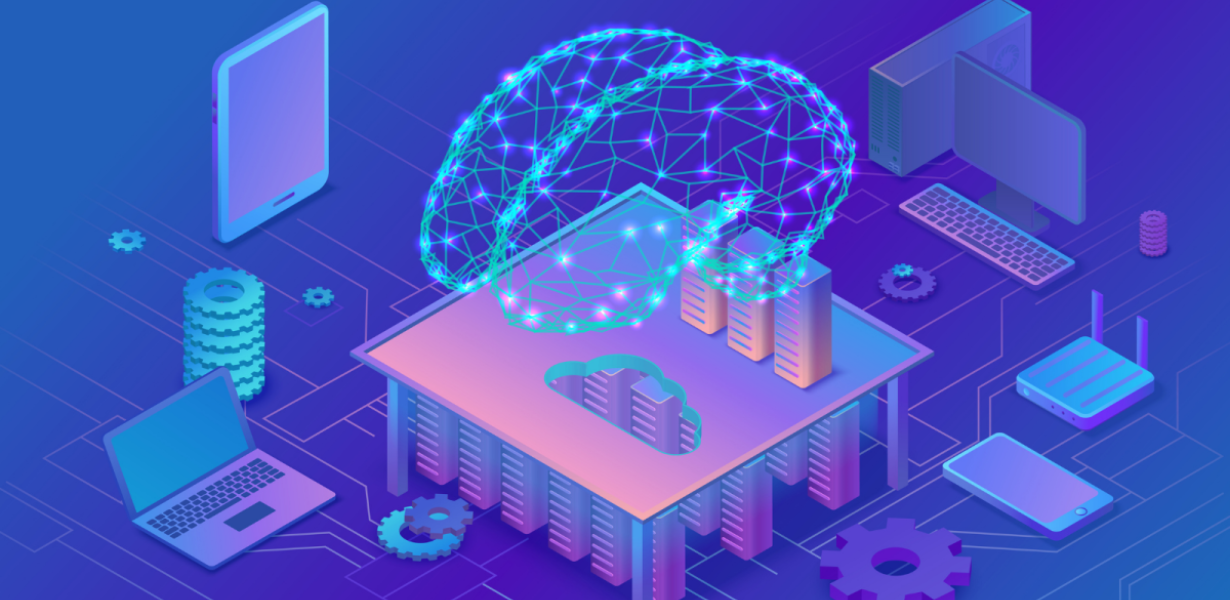
The Next Generation of Media Queries: AI-Driven Responsive Design
- Post
- August 7, 2023
- Media Queries, Mobile & Responsive, Web Design
- 0 Comments
As the digital landscape continues to evolve, responsive web design has become an essential aspect of creating user-friendly and engaging websites. With an increasing variety of devices accessing the internet, the traditional approach of using fixed breakpoints in media queries is no longer sufficient. Enter the next generation of media queries, powered by Artificial Intelligence (AI), which promises to revolutionize how we approach responsive design. In this blog, we delve into the world of AI-driven responsive design, exploring its potential, benefits, and impact on the future of web development.
The Evolution of Media Queries
Media queries in CSS have been the backbone of responsive web design, enabling websites to adapt their layout based on the user’s screen size. However, with the emergence of various devices, such as smartphones, tablets, laptops, and smart TVs, setting static breakpoints has become challenging. Designers and developers have been grappling with creating an optimal user experience across an ever-expanding range of devices.
Enter AI-Driven Responsive Design
AI-driven responsive design represents a paradigm shift in how we approach responsive web design. Instead of relying on predefined breakpoints, AI algorithms dynamically adjust the layout and content based on the user’s device and viewing preferences. This adaptive approach ensures that the website appears pixel-perfect on any screen, providing users with a seamless and consistent experience.
AI-driven responsive design utilizes machine learning algorithms to analyze user behavior, collect data, and make real-time decisions about the best layout and content arrangement. This approach takes into account various factors, such as device capabilities, screen size, resolution, and even user interaction patterns.
How AI-Driven Media Queries Work
The AI-driven media queries employ a combination of technologies, including machine learning, natural language processing (NLP), and data analysis, to process vast amounts of information and make accurate design decisions. The process involves the following steps:
Data Collection: AI algorithms gather data on user behavior, device characteristics, and browsing patterns to build a comprehensive database.
Machine Learning: Using this data, the AI models are trained to identify patterns and correlations between user preferences and optimal design layouts.
Real-Time Adaptation: When a user accesses the website, the AI algorithms analyze the user’s device and behavior, selecting the most appropriate design configuration in real-time.
Continuous Improvement: AI-driven responsive design systems continuously learn from user interactions, ensuring that the user experience evolves and improves over time.
Benefits of AI-Driven Responsive Design
The adoption of AI-driven media queries offers several benefits for web developers, designers, and end-users:
Seamless User Experience: With AI adapting the website’s layout on the fly, users get a consistent and user-friendly experience, regardless of the device they are using.
Time and Cost Efficiency: Developers no longer need to manually set breakpoints for every possible device, saving valuable time and resources during the design process.
Future-Proof Design: AI-driven systems can easily accommodate new devices and screen sizes, ensuring that the website remains relevant and functional in the face of technological advancements.
Personalization: AI can customize the website layout based on user preferences, creating a personalized experience that enhances user engagement.
5.Implementing AI-Driven Responsive Design
To integrate AI-driven responsive design into a website, developers can follow these steps:
Data Collection: Start by gathering data on user behavior and device usage across different screen sizes and resolutions.
Machine Learning Integration: Implement machine learning algorithms to process the collected data and identify patterns.
Dynamic Layout Adjustment: Develop a system that can dynamically adjust the website layout based on real-time user data.
Testing and Optimization: Continuously test and optimize the AI-driven media queries to ensure they provide the best user experience.
Common Misconceptions About AI-Driven Responsive Design
Despite its promise, AI-driven responsive design has faced some misconceptions. Let’s debunk them:
Loss of Control: Some fear that AI may lead to a lack of control over the design process. However, developers can still set design guidelines and constraints for the AI to work within.
Complex Implementation: While AI integration may sound complicated, many tools and frameworks simplify the process, making it accessible to developers with varying skill levels.
Performance Concerns: AI-driven media queries are designed to be efficient and lightweight, with negligible impact on website performance.
The Future of AI-Driven Responsive Design
As AI technology continues to advance, the future of AI-driven responsive design looks promising. Developers can expect more sophisticated AI algorithms that can adapt to user preferences with even greater precision. Additionally, AI could play a crucial role in creating truly personalized web experiences that cater to individual users’ unique needs and preferences.
Final Words
AI-driven responsive design represents a significant advancement in the field of web development. By leveraging the power of AI and machine learning, websites can now provide seamless and personalized experiences across a diverse range of devices. As technology continues to evolve, the role of AI in responsive design will undoubtedly grow, shaping the future of web development in exciting and innovative ways.
Commonly Asked Questions:
Q1: Can AI-driven media queries be used with existing websites?
A1: Yes, AI-driven media queries can be integrated into existing websites by incorporating AI frameworks and adapting the layout accordingly.
Q2: Is AI-driven responsive design suitable for all types of websites?
A2: Yes, AI-driven responsive design can be applied to all types of websites, from simple blogs to complex e-commerce platforms.
Q3: Will AI replace human designers and developers in the future?
A3: AI will augment the capabilities of designers and developers rather than replace them, allowing them to focus on more creative and strategic aspects of web development.
Q4: How does AI ensure user data privacy during the adaptation process?
A4: AI-driven responsive design can be designed to comply with data privacy regulations, ensuring that user data is anonymized and used responsibly.
Q5: Can AI-driven media queries adapt to emerging technologies and devices?
A5: Yes, AI-driven systems are designed to be flexible and can readily adapt to new technologies and devices as they emerge.



